Streamline Your HR FMLA Process with Our Family Medical Leave Procedure Word Product
Managing employee leave can be a complex and time-consuming process, especially when it comes to Family Medical Leave Act (FMLA) requests. Our Family Medical Leave Procedure Word product is designed to simplify the FMLA process for HR professionals, ensuring compliance with federal regulations while minimizing administrative burden.
Our FMLA procedure template includes step-by-step instructions for managing FMLA requests, from determining employee eligibility to tracking leave time and managing employee return to work. The template is fully customizable, allowing you to tailor the process to your organization’s specific needs and policies.
With our Family Medical Leave Procedure Word product, you can:
- Ensure compliance with FMLA regulations
- Streamline the FMLA request process
- Reduce administrative burden for HR professionals
- Improve communication with employees regarding FMLA requests
- Track employee leave time and manage return to work
Our FMLA procedure template is easy to use and can be implemented quickly, allowing you to focus on other important HR tasks. Plus, with our 30-day money-back guarantee, you can try our product risk-free.
Don’t let managing FMLA requests be a headache for your HR team. Streamline the process with our Family Medical Leave Procedure Word product today.
Family Medical Leave Procedure FMLA
The Family and Medical Leave Procedure describes the background and implications of the Family and Medical Leave Act of 1993. The Family and Medical Leave Act of 1993 requires all public agencies, including State, local and Federal employers, local education agencies (schools) and employers with at least 50 employees within a 75 mile radius to provide up to 12 weeks of unpaid, job-protected leave to eligible employees for certain family and medical reasons.
Employees are eligible if they have worked for at least one year and for 1,250 hours over the previous 12 months. Our leave procedure outlines areas for compliance by both your company and employees. The Family and Medical Leave Procedure applies to Employees if they have worked for at least one year and for 1250 hours over the previous 12 months. (12 pages, 2719 words)
Unpaid leave will be granted for any of the following reasons:
- To care for the employee’s child after birth, or placement for adoption or foster care.
- To care for the employee’s spouse, son or daughter, or parent, who has a serious health condition.
- For a serious health condition that makes the employee unable to perform the employees job.
All employees are required to provide 30 days advance notice when the leave is foreseeable. Medical certification is required for serious health conditions. Taking of leave may be denied if these requirements are not met.
Family Medical Leave Responsibilities:
The Human Resources Manager should be responsible for overseeing compliance with the Family and Medical Leave Act.
Family Medical Leave Procedure FMLA Activities
- Reasons for Taking Leave under FMLA
- Advance Notice and Medical Certification
- Job Benefits and FMLA Protection
- Unlawful Acts
- FMLA Enforcement
- FMLA Employer Notices
- Additional FMLA Information Resources
Family Medical Leave Procedure FMLA Forms
For most employers, FMLA initially took effect August 5, 1993. A final rule (effective January 16, 2009) updated the FMLA regulations to implement new military family leave entitlements enacted under the National Defense Authorization Act for FY 2008, also known as Public Law 110-181.
The enactment of the Family and Medical Leave Act was predicated on two fundamental concerns: the needs of the US workforce and the development of high-performance organizations. Increasingly, American children and growing numbers of the elderly are dependent on working family members who spend long hours on the job.
When family emergencies arise, requiring employees to attend to their seriously-ill children or parents, or to newly-born or adopted infants, or even to their own serious illness, workers need assurances that they will not have to choose between their job security and meeting their personal and family obligations or tending to vital needs at home.
Family and Medical Leave Act Issues
- Guarantees workers up to 12 weeks a year off, unpaid, for births, adoptions or the care of sick children, spouses or parents.
- Affects businesses with 50 or more workers within 75 miles.
- Covers employees on the job at least one year.
- Allows an employer to exclude the top-paid 10% of their employees.
- Allows companies to restrict couples employed at the same place to 12 weeks total leave a year.
- Requires workers to provide employers with 30 days notice when practical, such as for birth or adoption.
- Requires employers to continue to provide health insurance during a worker’s leave.
- Guarantees workers the same or equivalent job upon their return.


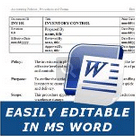
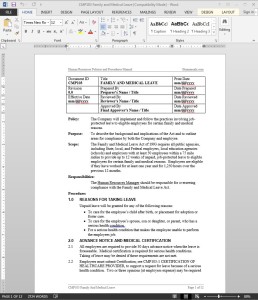
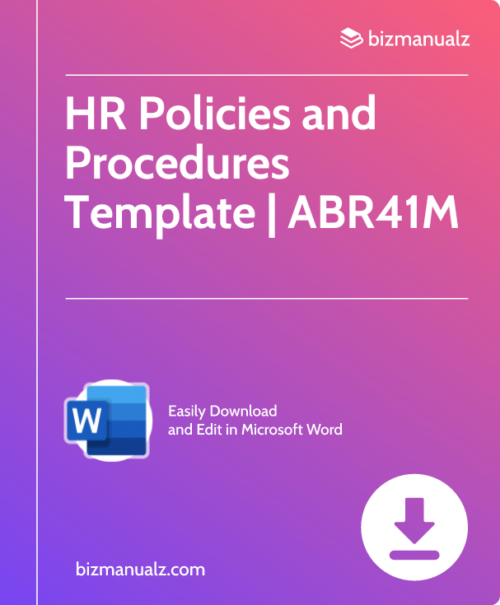



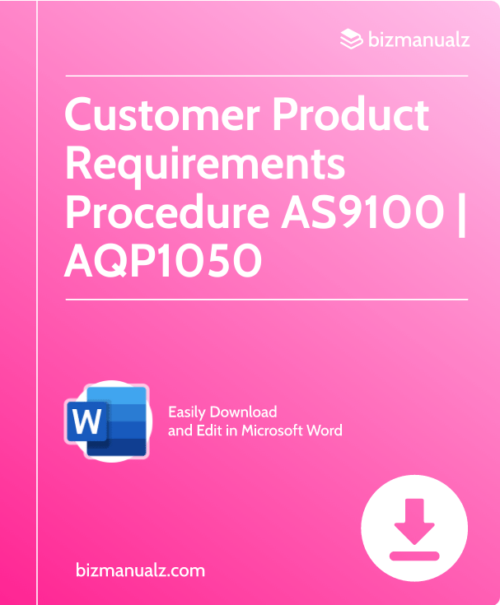

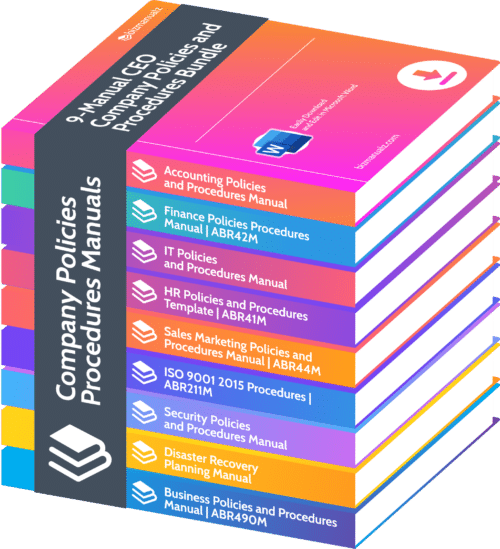
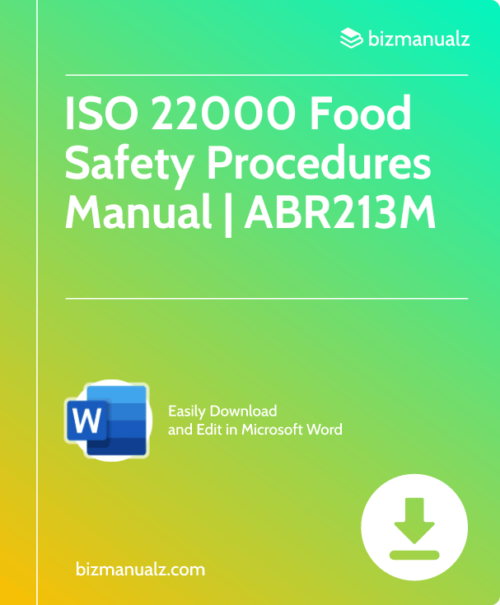

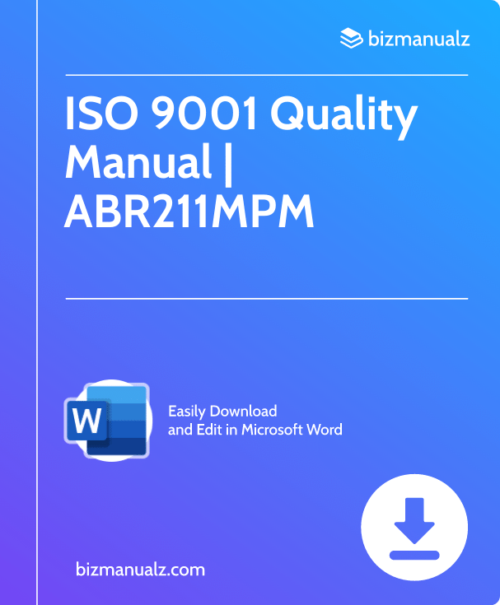
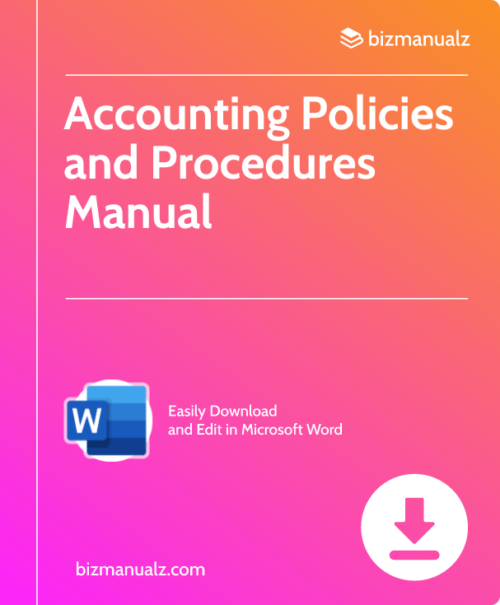
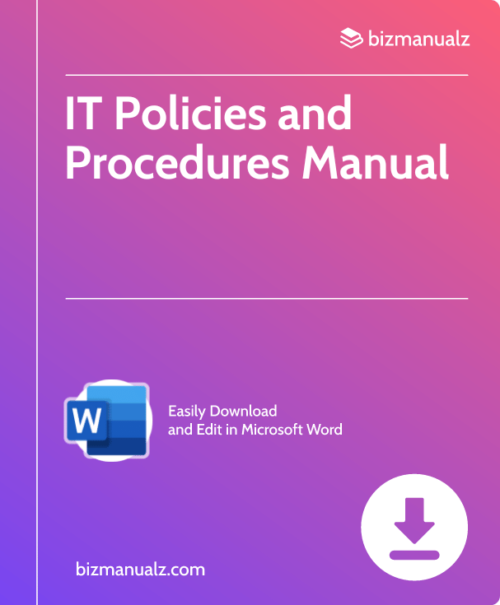
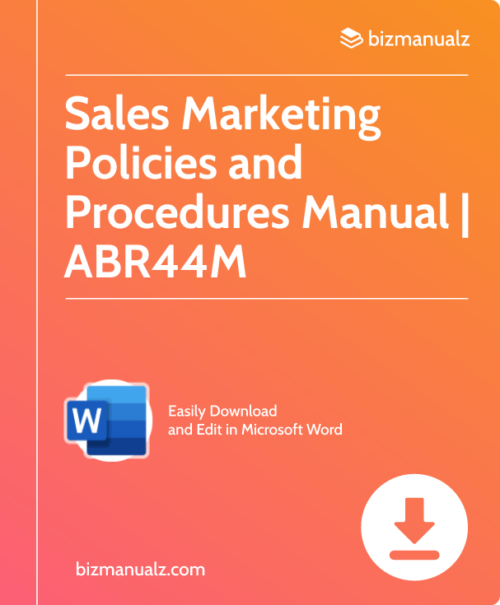
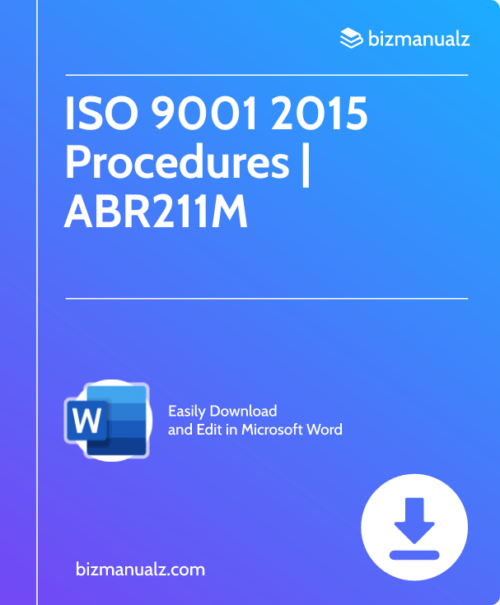
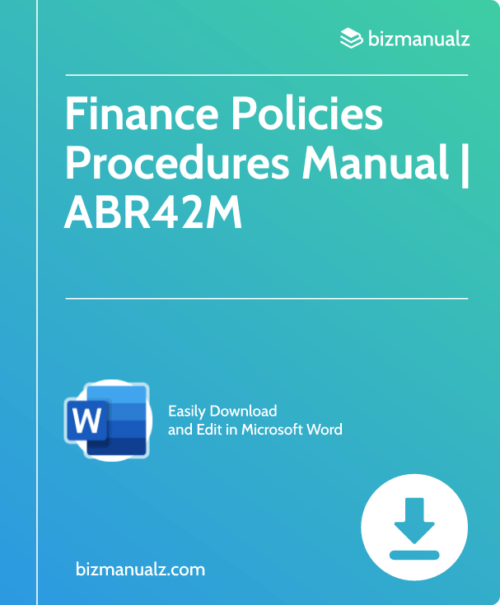
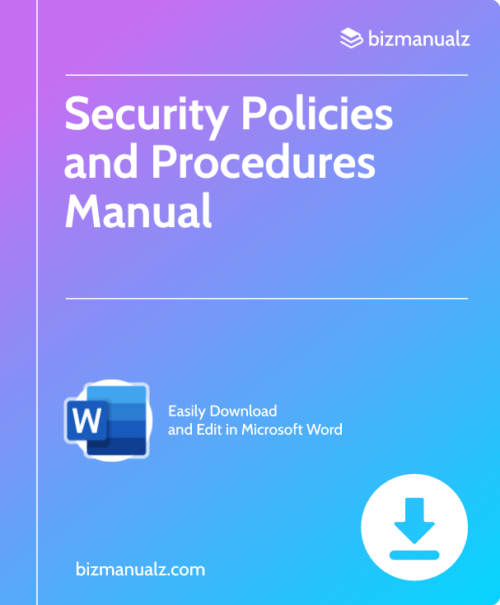
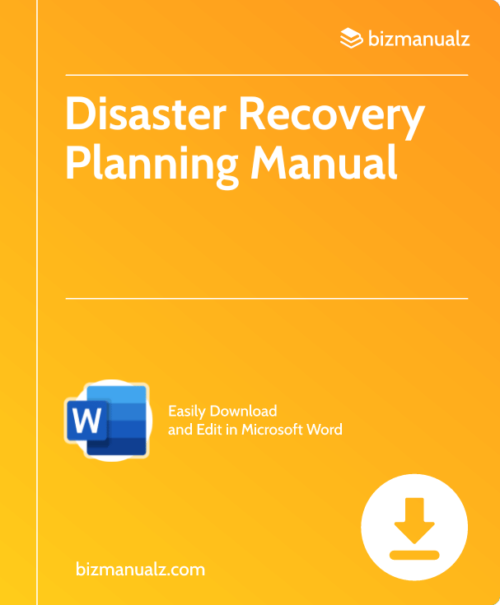

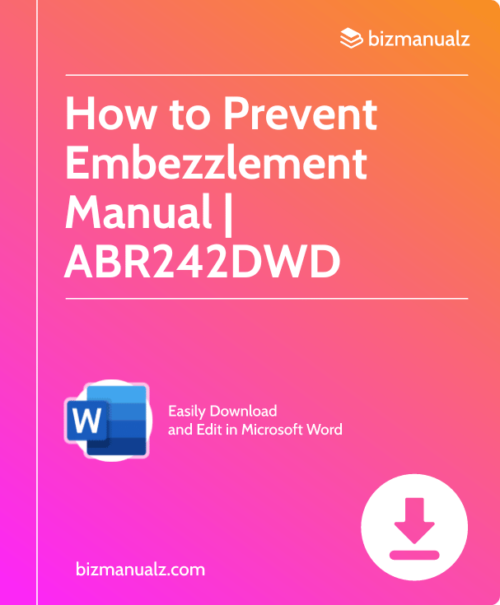
Reviews
There are no reviews yet.